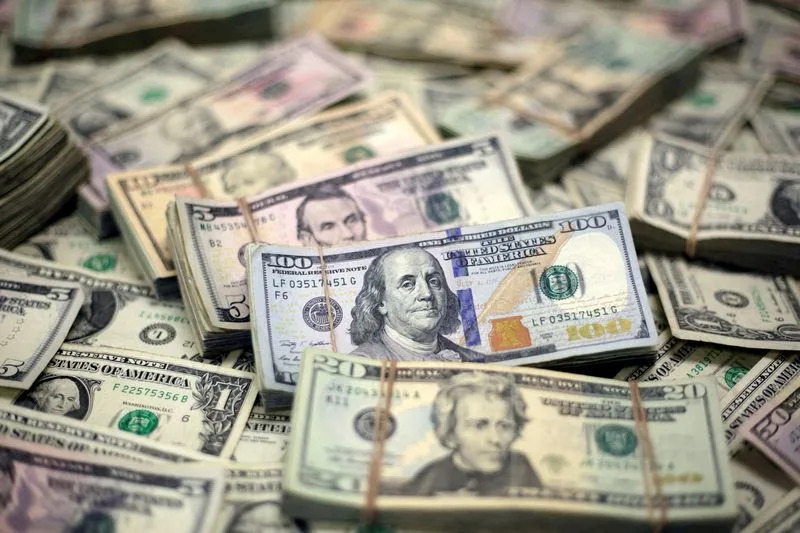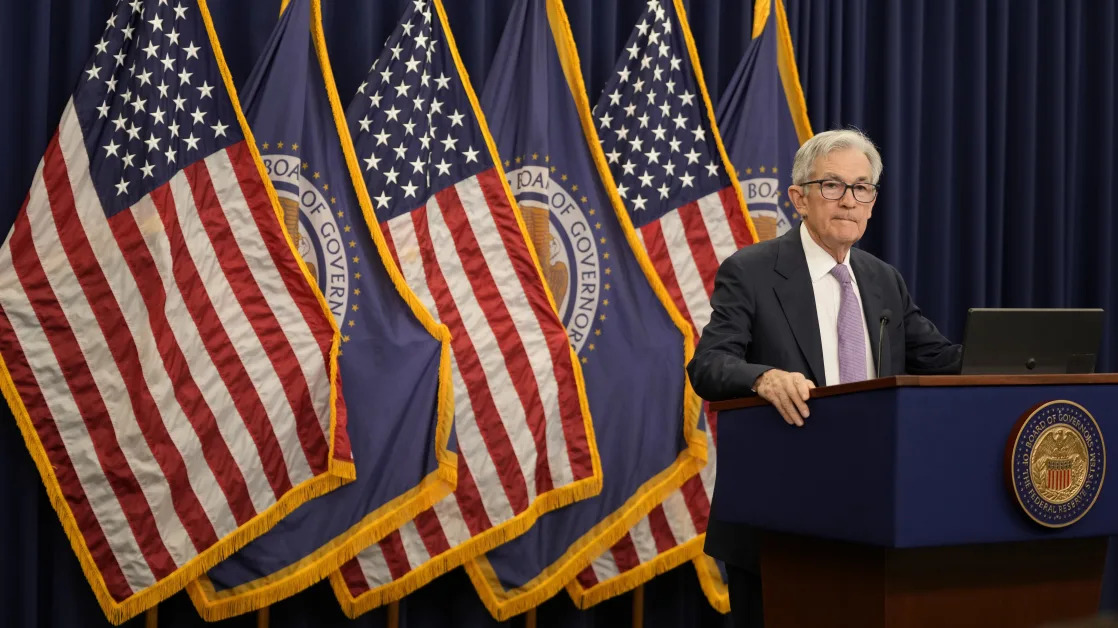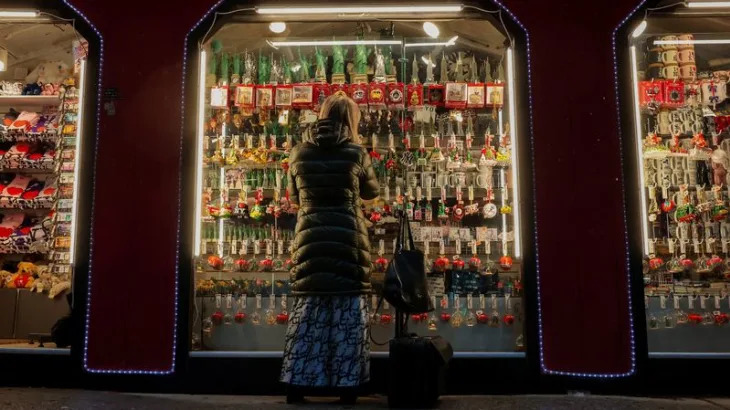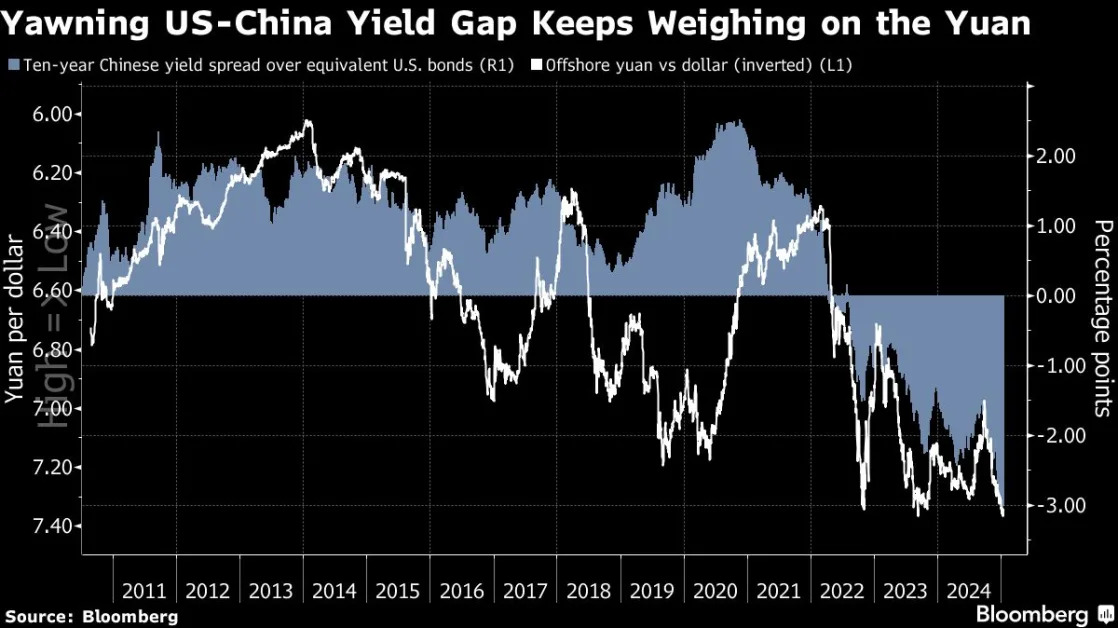(Bloomberg) -- Emerging-market currencies are gaining during the first week of Donald Trump’s second term, helped by a softer than expected rollout of US tariffs and no new levies on Chinese imports.
The benchmark index for developing-nation currencies is on track to climb 1.1% this week, which would be the best weekly showing since July 2023. Trump’s comments hinting he would rather not impose levies on China helped lift Asian currencies on Friday.
“It’s more of a relief rally,” said Alvin Tan, head of Asian FX strategy at Royal Bank of Canada in Singapore. “The market is relieved that the worst-case scenario” regarding US tariffs “appears to be falling by the wayside,” he said.
Emerging currencies are rebounding after their worst quarterly drop since September 2022 in the final months of 2024 as traders priced expectations of a widespread trade war and a more hawkish Federal Reserve stance amid inflationary pressure in the US. Currencies in emerging Europe and Latin America led gains, with the Polish zloty and Brazilian real climbing almost 3% this week.
Also, emerging markets stocks hit a five-week high on optimism about US tariffs. The MSCI Emerging Markets Index was up 0.7% on Friday, and was poised to climb 1.8% this week.
Investors had been on tenterhooks for the first executive orders from the White House after Trump vowed to quickly implement his “America First” policy agenda. But in his initial batch of economic announcements, China was omitted from tariff plans which only targeted Mexico and Canada with 25% levies from Feb. 1. The rally in developing markets gathered pace as Trump stepped up pressure on Russia to negotiate an end to the war in Ukraine.
The Malaysian ringgit climbed more than 1% on Friday to the highest since November, the biggest gainer in Asia. The Turkish lira depreciated against the dollar following a central bank rate cut.
Still, investors remain weary as the uncertainty over US policies remains high. While JPMorgan Chase & Co.‘s gauge of emerging-market currency volatility has eased, it remains at its highest since August.
On Thursday, Trump used a speech to Davos to threaten more widespread tariffs on goods not manufactured in the US. A survey by HSBC Holdings Plc. showed that 58% of fund managers helping oversee $343 billion in developing-nation assets were bearish EM currencies in December, up from 10% in September. And the latest data from the Commodity Futures Trading Commission shows hedge funds are betting on declines in currencies including the Mexican peso.
“EM FX has been given a reprieve for now,” said Eugenia Victorino, head of Asia strategy at Skandinaviska Enskilda Banken AB in Singapore. “However, the threat of a resumption of trade wars will limit too much appreciation for EM currencies.”
--With assistance from Carter Johnson, Zijia Song and Jorgelina do Rosario.
(Updates with stocks performance on fifth paragraph, lira performance in seventh paragraph)






